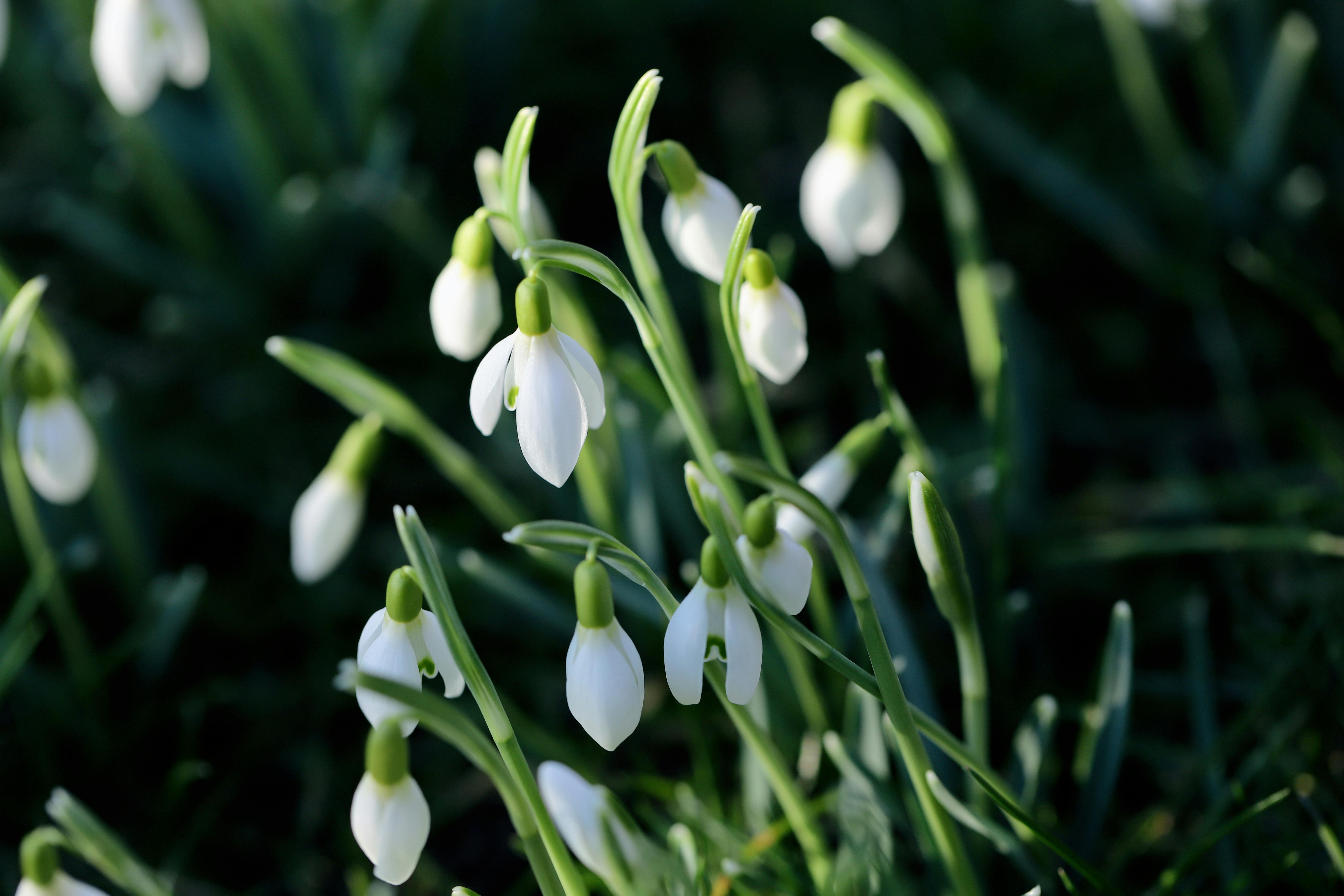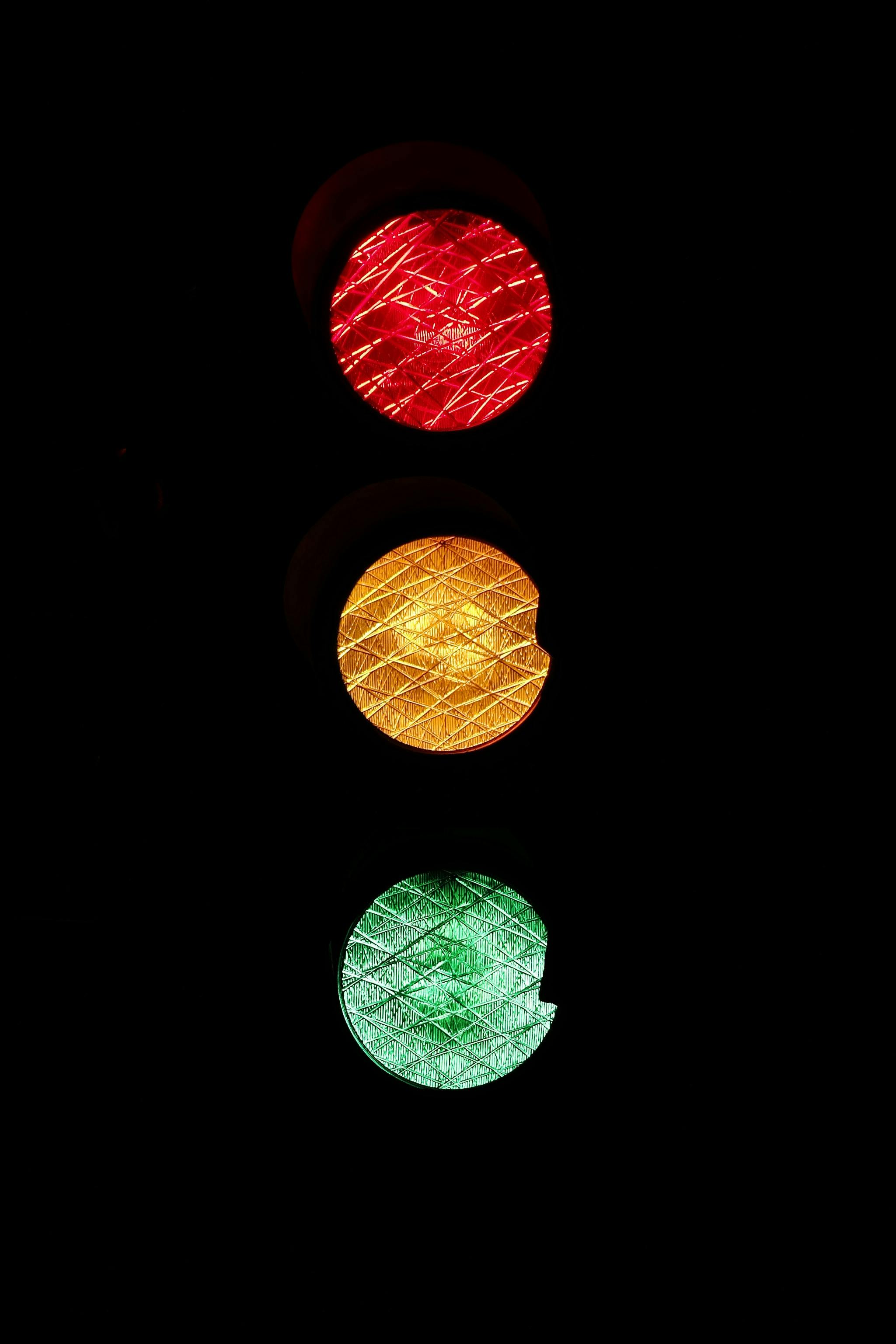Apply Now
How to Effectively Draw a Ghost for Halloween 2025
Drawing a ghost can be a fun and creative activity, especially as Halloween approaches. Understanding the different ways to represent ghosts can enhance your artistic skills, whether you want to create simple sketches, detailed characters, or spooky illustrations. This article will take you through various techniques and concepts fundamental to ghost drawing, such as ghost anatomy, facial expressions, and poses. By the end of this tutorial, you’ll have a solid foundation in ghost drawing, perfect for beginners and advanced artists alike.
In this guide, you'll learn:
- Step-by-step techniques for drawing different types of ghosts
- How to create unique ghost characters and their expressions
- Tips for coloring and shading techniques that make your ghosts pop
- Common mistakes to avoid and how to improve your skills
Let's dive into the world of ghost drawings and unleash your creativity!
Understanding Ghost Anatomy for Drawing
Building your ghost drawing skills begins with understanding ghost anatomy. Ghosts, often depicted as semi-transparent, ethereal beings, have unique features that differentiate them from other characters. Knowing how to sketch these features is essential for realism and character design.
Basic Ghost Shapes and Forms
When starting with ghost illustrations, focus on creating ghost shapes. Most ghosts are typically drawn with flowing lines and soft curves, allowing the character to appear lightweight and dynamic. Practice different shapes, such as rounded or elongated forms, to see what resonates with your style. Here, simplicity is key:
- Use fluid brush strokes to create the ghost's outline.
- Experiment with varying widths to represent different parts of the ghost body.
Ghosts in Different Cultures
Cultural depictions of ghosts can also inspire your artwork. Many styles reflect folklore, giving your drawings character depth. Research various types of ghosts depicted in different cultures to understand their unique traits. For example:
- **Japanese Yurei** are often portrayed with long hair and flowing robes, symbolizing restless spirits.
- **Western Wraiths** can have tattered clothing and a darker presence, evoking a sense of foreboding.
Understanding these variations can help incorporate distinct elements into your ghost character drawings.
Different Styles of Ghost Illustrations
You’ll find that there are countless styles when it comes to drawing ghosts. Whether you prefer cute, cartoonish interpretations or more realistic designs, experimenting with various artistic styles will enrich your ghost illustrations.
Start by sketching different ghost forms:
- Cartoon ghosts with exaggerated features, like large eyes and smiles.
- Realistic ghosts with details, focusing on shading and texture.
You can use resources such as online ghost drawing classes to explore and develop your style further.
Step-By-Step Process for Drawing a Ghost
With a foundation in ghost anatomy established, it's time to transition into practical drawing techniques. Drawing a ghost can be approached systematically to help create effective and appealing illustrations.
Sketching the Outline for Ghost Drawing
Begin your drawing by creating a light outline. Use a pencil to sketch the basic shape of your ghost; start with a circle for the head and a flowing body shape underneath. Capture the essence of movement by incorporating wavy lines.
- Make sure to represent the ghost's intangible quality.
- Add a floating base to give it a whimsical feel.
This outline will serve as the canvas for all subsequent details.
Incorporating Facial Expressions
Ghost characters can convey a wide range of emotions. Adding facial expressions can breathe life into your drawing. Explore various emotions, from playful to spooky:
- For a friendly ghost, give it big, round eyes and a smiling mouth.
- For a more sinister ghost, narrow the eyes and alter the mouth to reflect anger or sadness.
Understanding how to express emotion through ghost illustrations will distinguish your art.
Coloring Techniques for Ghost Drawings
Once your outline and facial expression are complete, it's time to add color. The key to effective ghost coloring lies in transparency:
- Use light washes for watercolors to create a translucent effect.
- Experiment with ghostly blues, greens, or purples combined with white to give it an ethereal feel.
Don’t forget to incorporate shading techniques that enhance the dimensionality of your ghost drawing. Adding shadows can create a sense of depth, making your ghost appear more lifelike.
Common Ghost Drawing Mistakes to Avoid
Even seasoned artists make mistakes when drawing ghosts, so it's essential to know what to watch for as you refine your skills.
Proportional Errors in Ghost Anatomy
One of the most common mistakes is making ghost proportions unrealistic. Taking the time to understand ghost anatomy will help you avoid these pitfalls. Ensure your ghost retains a suitable scale and that features are appropriately sized relative to the body.
- Use reference materials to establish realistic proportions, especially if you're focusing on fine details.
Overly Complicated Designs
While creativity is essential, overcomplicating your ghost drawings can detract from their impact. Stick to simpler design elements to maintain clarity in your illustrations:
- Avoid excessive accessories which may crowd your ghost character.
- Focus on a central theme or idea that conveys your intended message.
Keeping designs straightforward often leads to stronger visual storytelling.
Integrating Backgrounds and Scenes
Another frequent mistake is neglecting the background. A well-crafted background can enhance the viewer's experience and add context. Ensure that the scene complements the ghost without overpowering it:
- Consider using muted colors or subtle patterns to keep the emphasis on your ghost character.
- Think about the ghost’s environment, whether it's a spooky haunted house or a serene night sky.
Using backgrounds effectively will enrich your ghost artworks.
Engaging with the Ghost Drawing Community
Once you've honed your ghost drawing skills, connect with others to share and gain insight into your work.
Participating in Ghost Art Competitions
Joining ghost art competitions can be a great way to showcase your skills. Events often bring together artists from around the world, offering opportunities for growth, feedback, and inspiration.
- Seek out local or online ghost art contests to participate in.
- Use submission guidelines as a learning tool to improve your craft.
h3>Online Platforms for Sharing Drawings
Consider showcasing your ghost drawings on social media or art platforms. Engage with an audience that shares your passion for spooky art:
- Share creative ghost scenarios or ask for feedback on your pieces.
- Utilize platforms like Instagram, DeviantArt, or TikTok to reach a broader audience.
Engaging with the art community can offer valuable networks and constructive critiques that further develop your ghost drawing capabilities.
Conclusion: Final Tips for Your Ghost Drawing Journey
As you embark on your ghost drawing adventure, remember that practice is key. Experimenting with various techniques and styles will improve your skills. Don't be afraid to make mistakes; they often lead to new discoveries and artistic growth.
By understanding ghost anatomy, mastering emotional expressions, and refining your coloring techniques, you'll enhance your artistic abilities. Stay connected with the ghost art community, participate in competitions, and continue to share your art.
Whether you're aiming for cute, spooky, or fantastical representations, keep creating and enjoy the enchanting world of ghost drawings!

 Its part of generated content. Can I generate another part?
Its part of generated content. Can I generate another part?

 Its part of generated content. Can I generate another part?
Its part of generated content. Can I generate another part? 